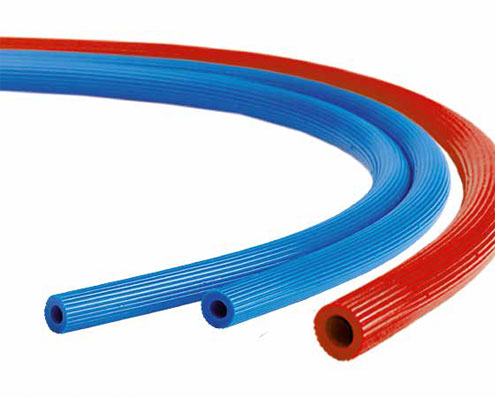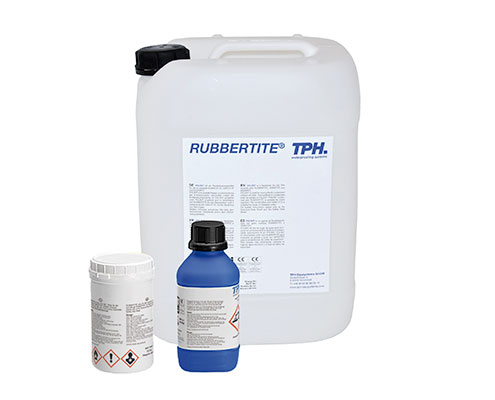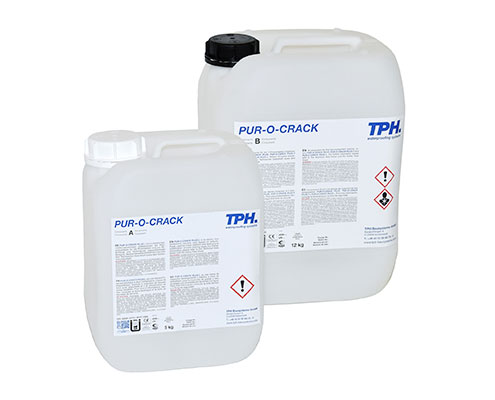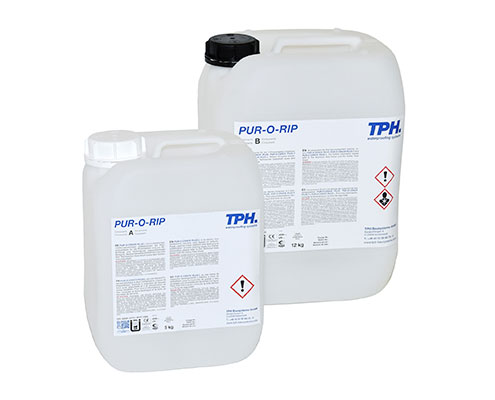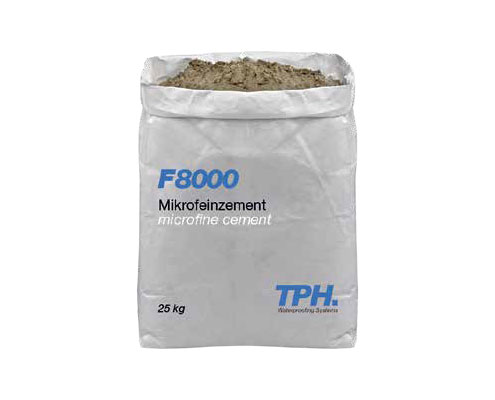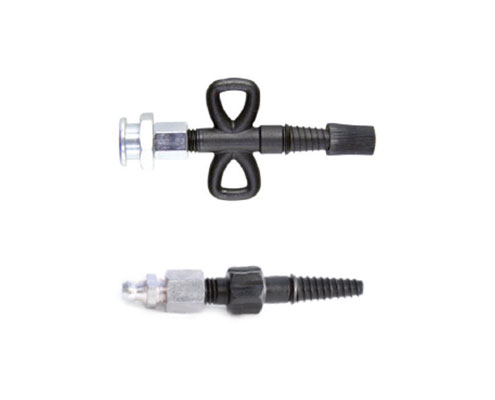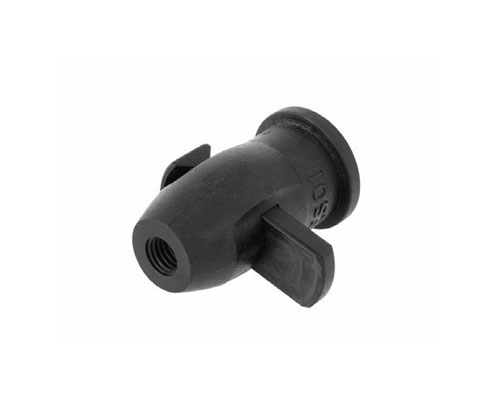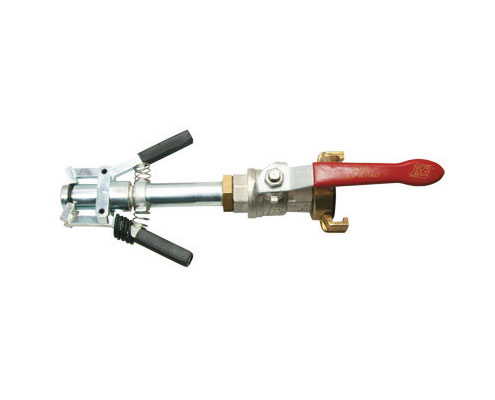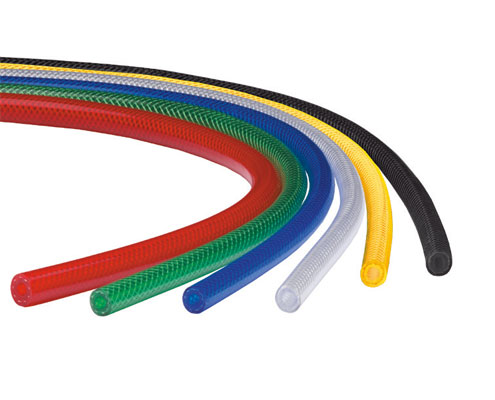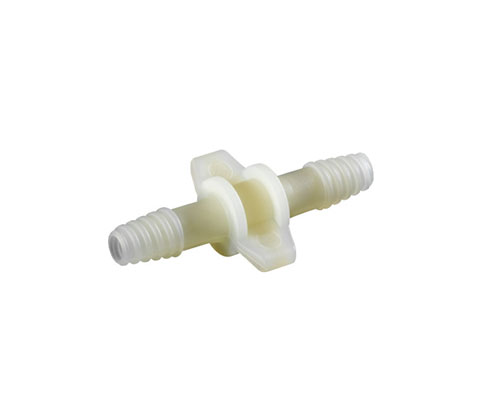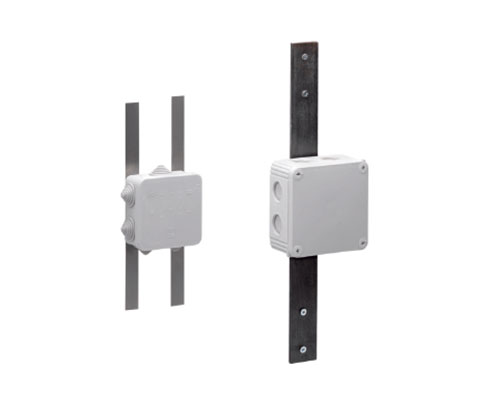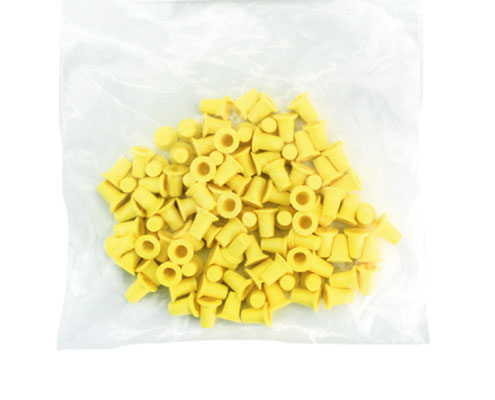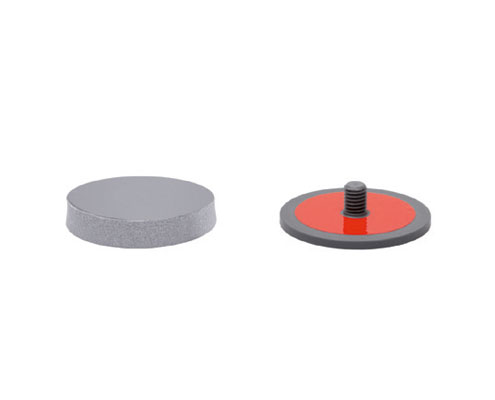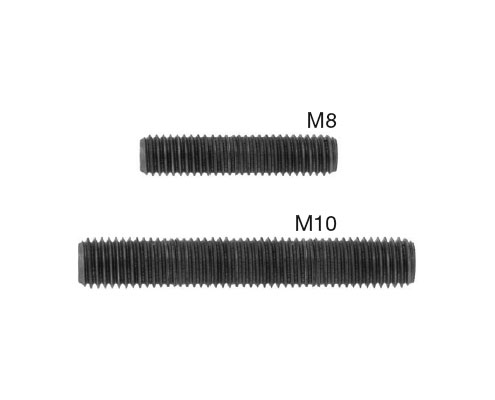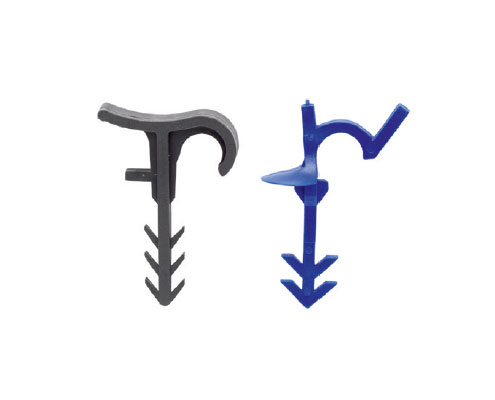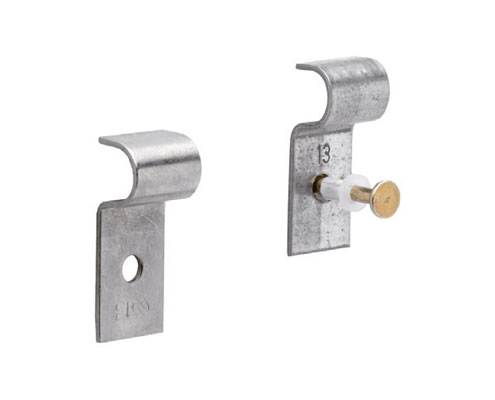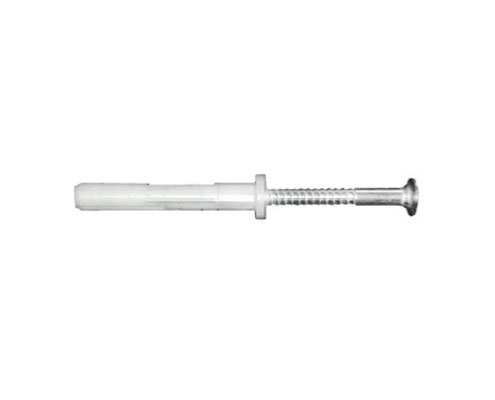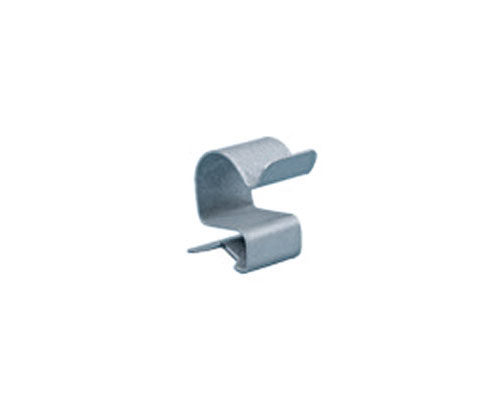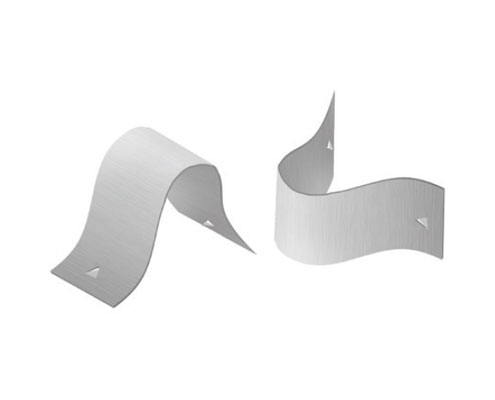Injection hose systems
When sealing construction joints in concrete construction, groutable injection hose systems are used as an alternative or supplementary to classic waterstops or metal waterstops. Hose systems show their advantages not only in heavily reinforced structural elements or in complicated geometries: They can also serve as a supplement to conventional joint sealing systems as an additional “insurance policy”, so to speak, for leaks in the joint that occur years later, which can otherwise only be sealed with much greater effort.
Functional principle
The use of injection hoses is intended to seal and close any working or predetermined crack joints that may have occurred, especially after the production of concrete structures; detachments between installation parts and concrete can also be sealed in this way.
Put simply, in an injection hose system, a hose perforated with numerous holes is applied to the area of the later joint with the help of clamps; the ends of the hose are closed and stored in such a way that they are still accessible after the second concrete has been poured.
After the concrete has hardened, special crack filler is injected into the hose, which escapes from the perforation of the hose due to the injection pressure, distributes itself in any hollow spaces around the hose and reacts there to form a permanently sealing mass: The joint is sealed.
Depending on the injection material used, the hose can then be treated with a special cleaner and rinsed free so that it can be injected again at a later time – even years later – if necessary.
VPRESS® and ECOPRESS injection hoses, which can be injected several times, have been used successfully for construction joint sealing for many years. They can be injected with microfine cement, polyurethane resin or acrylate gel.
In contrast to passive sealing systems such as conventional water stops and waterstop sheets, which only seal off due to the so-called circumference extension, active systems such as injection hoses and injection grouts can be used to cancel out possible weak points in the concrete caused by cracks or badly compacted concrete.
- Sealing and restoration in one step
- Single injection with Polyurethane resin
- Multiple injection with microfine cement or acrylate gel
- Specially suitable for difficult construction joint run


